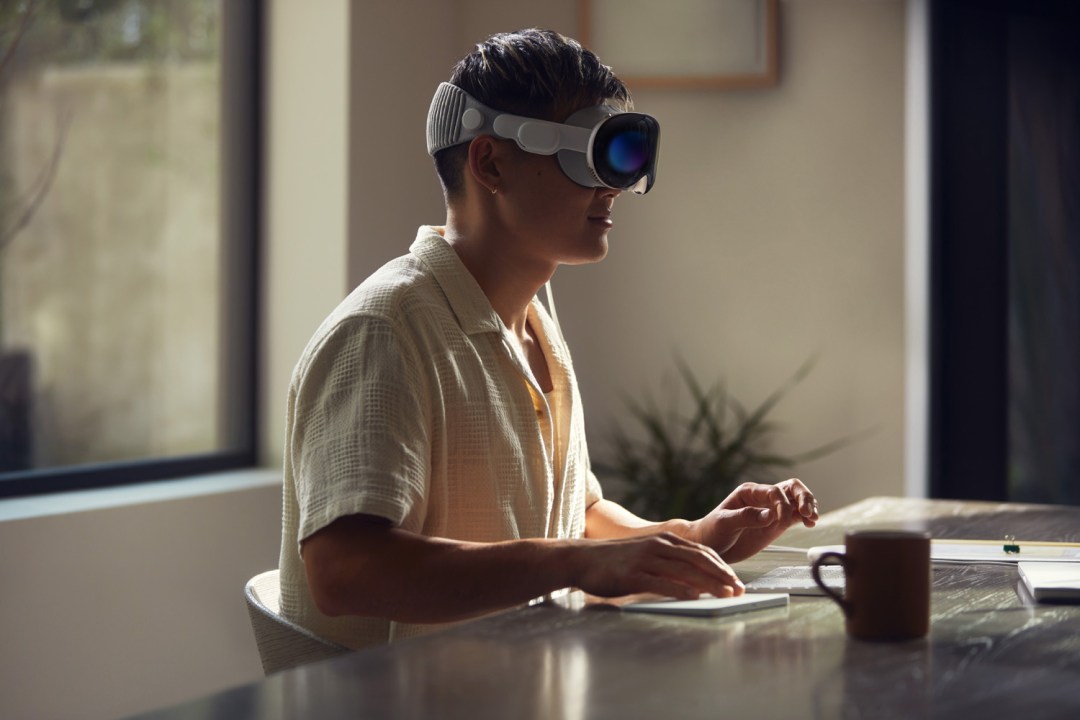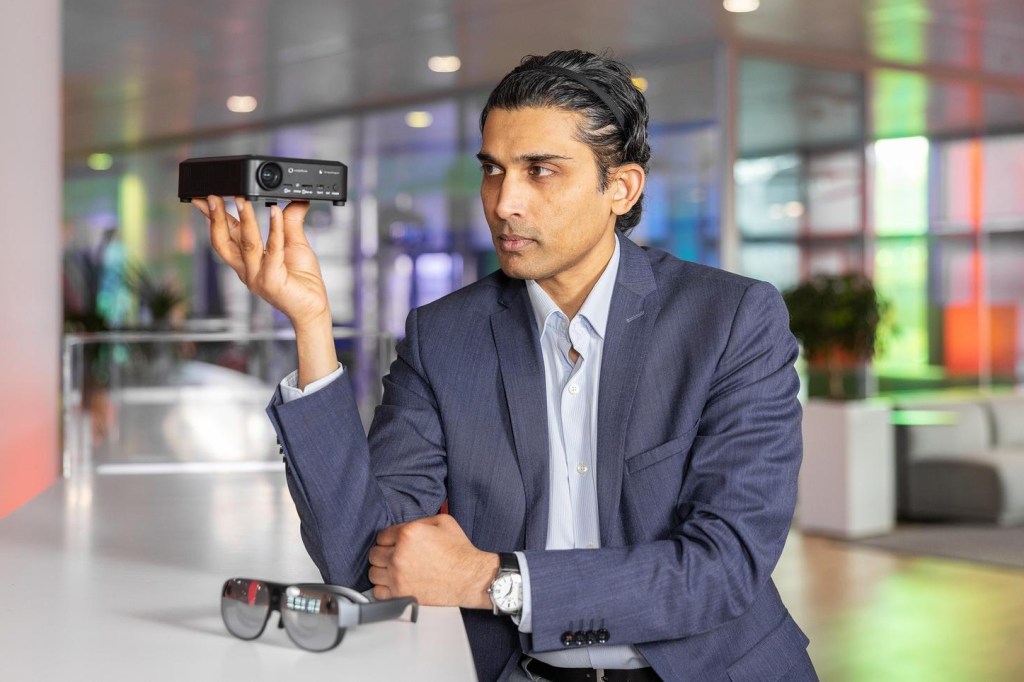I’ve seen the future of AR and it fixes the main problem with Apple Vision Pro
AR and VR headsets are about to get lighter thanks to this hub innovation

The Apple Vision Pro is an incredibly exciting and impressive device, showcasing the very best mixed reality tech currently on the market. I’ll admit, I’ve previously been sceptical about AR/VR and even I’m tempted to get a Vision Pro headset.
But, aside from the price, the Apple Vision Pro has one major flaw. It’s been pointed out by various reviewers and we also discovered it during our initial time with the Apple Vision Pro. It weighs a lot.
At between 600 and 650g, it’s like wearing a 12-inch iPad Pro on your face. Our reviewer said, when using the Solo Loop band, “After using the headset for an hour, I was ready to take it off. It was putting far too much pressure on my forehead.”
It’s clearly an issue, packing so much tech into a small device that sits on your face, but a recent concept I’ve seen at MWC 2024 looks to change that.
The Vodafone HyperRealityHub makes way for lightweight, affordable extended reality glasses, moving the processing power and cameras to a central hub powered by Qualcomm’s Snapdragon technology.
This reduces the computing requirements on the AR glasses, lowering energy consumption and weight, and making them more comfortable to wear for longer periods of time.
AR Hubba Hubba…
The hub uses advanced distributed architecture and allows for the computing requirements to be shared between the hub, the glasses and across the cloud.

Of course, because this is 2024, the solution has ‘AI capabilities’ and has Vodafone apps built on the Snapdragon Spaces XR Developer Platform. They are all connected by Vodafone’s fast, secure, and highly responsive networks.
In addition to HyperRealityHub, Vodafone has a vision for the HyperRealityHub+ variant which can connect multiple users, enabling them to interact in a shared immersive experience using both Wi-Fi 7 and 5G.
This could be used across many industries such as telehealth, wellness and fitness, hospitality, remote support, creative collaboration, education, and entertainment.
It’s an interesting development, and I’m excited to see if others follow suit.


